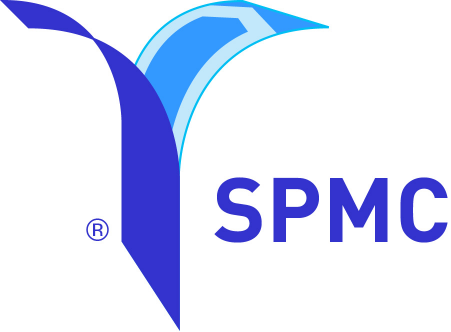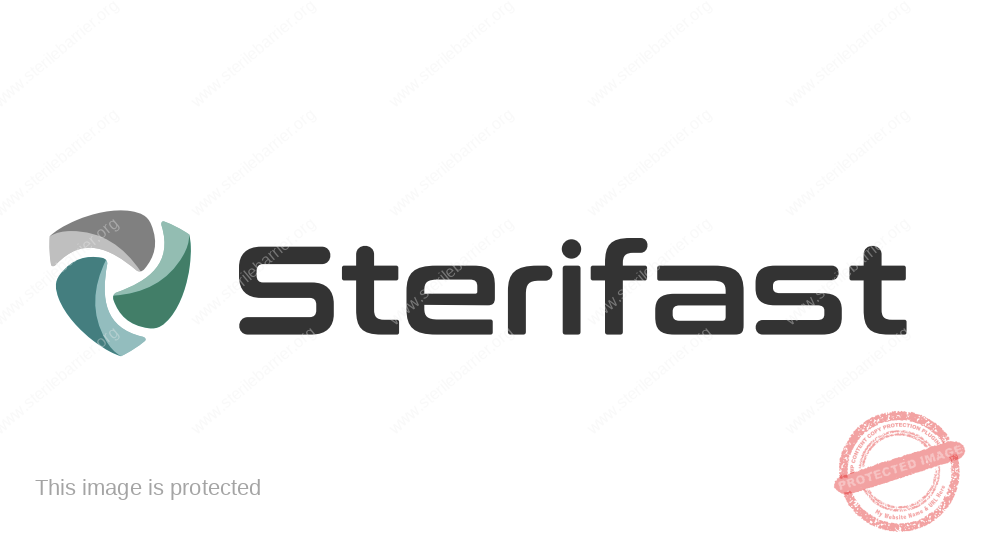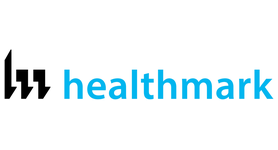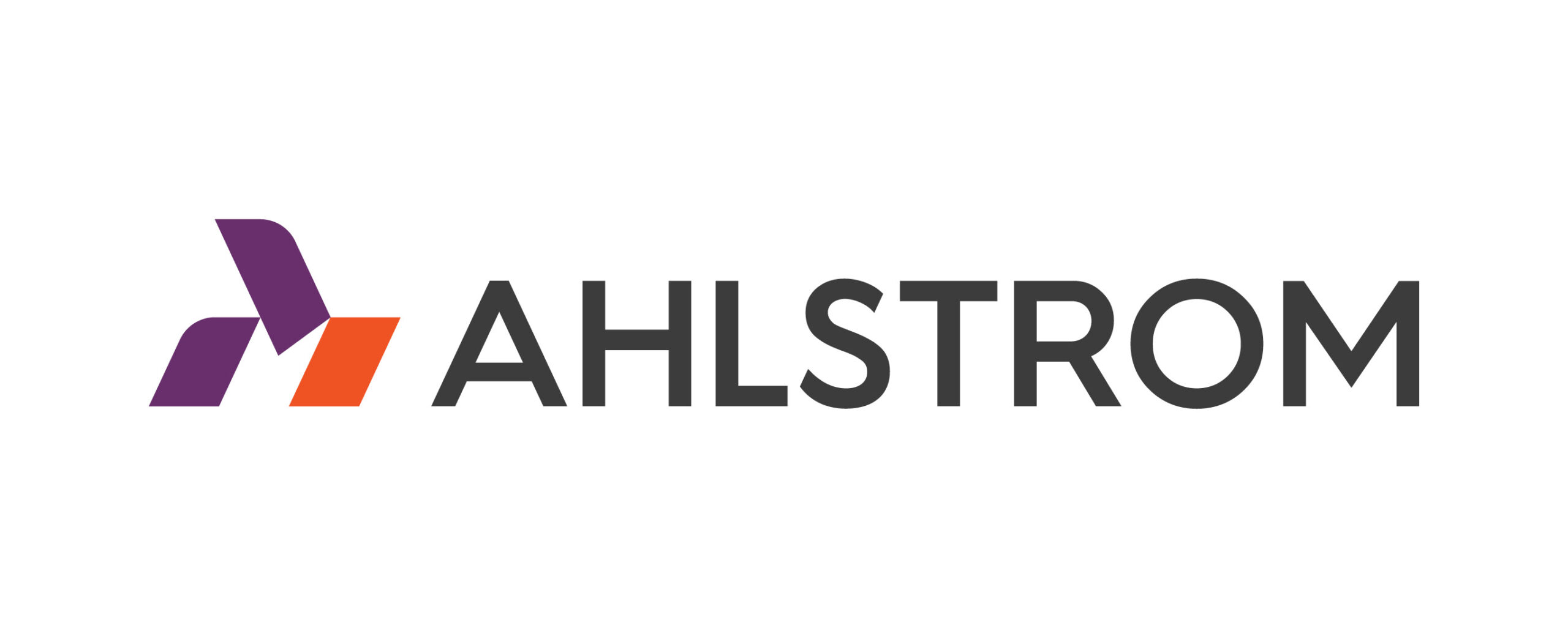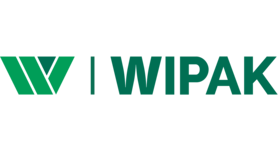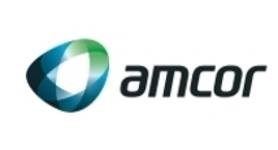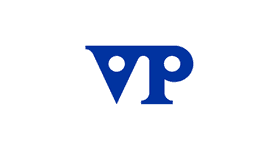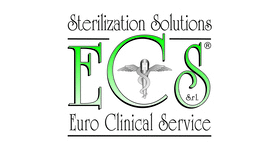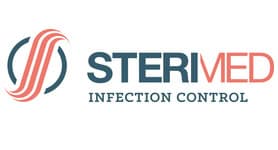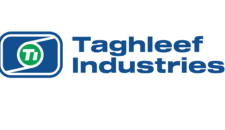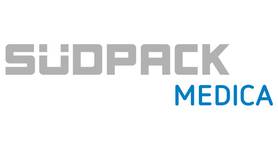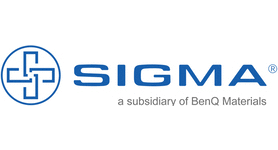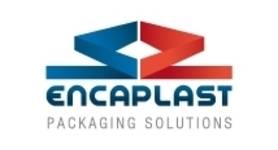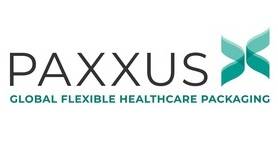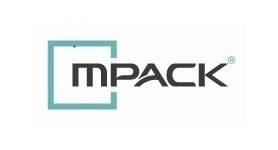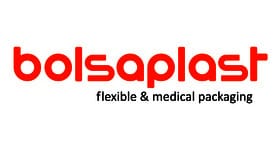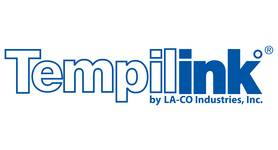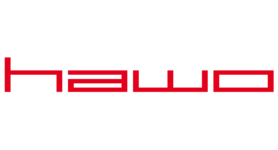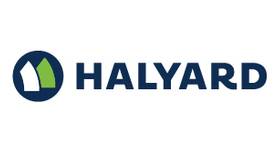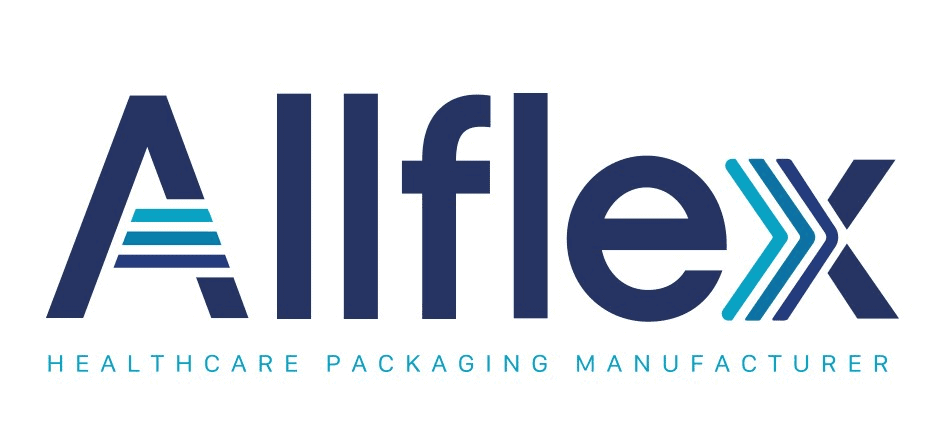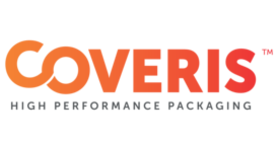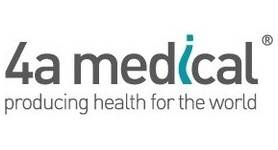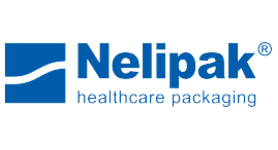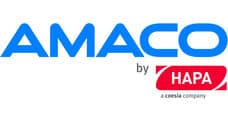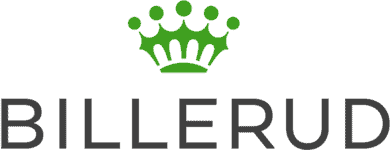Harmonised European standards, published in the Official Journal, facilitate compliance with the essential requirements. For the purposes of the MDD, this also includes the European Pharmacopoeia monographs. Whilst the essential requirements are obligatory, the standards remain voluntary. Follow the link for a summary list of titles and references of harmonised standards related to medical devices.
Members of the SBA use the published standards to demonstrate conformity of their products with the essential requirements of EU Directive 93/42/EEC.
CEN is the European Committee for Standardization. The CEN Technical committee CEN/TC102 drafts standards that address the Essential Requirements of EU Directive 93/42/EEC and EU Directive 90/385 as they apply to sterilisers, wash-disinfectors and their associated accessories in order to ensure sterilisation and sterile products. Sterile Barrier Systems fall into this category. A list of the standards published by this committee can be found by following the link CEN Published Standards . In particular, the 868 series relate to packaging materials and systems for medical devices which are to be sterilised.
Since 2007 EN ISO 11607 “Devices that are sterilised after being completely sealed or enclosed in at least the primary packaging” is harmonized with the medical device directives in Europe. It consists of 2 parts:
- EN ISO 11607-1:2006 Packaging for terminally sterilized medical devices – Part 1: – Requirements for materials, sterile barrier systems and packaging systems
- .EN ISO 11607-2:2006 Packaging for terminally sterilized medical devices – Part 2: -Validation requirements for forming, sealing and assembly processes.
In this standard four key terms are defined. Sterile barrier system is defined as “the minimum packaging configuration that provides a microbial barrier and allows aseptic presentation of the product unit at the point of use”. A preformed sterile barrier system is a “partially assembled sterile barrier system prior to filling and final closure and sealing”. Protective packaging is the “packaging configuration designed to prevent damage to the sterile barrier system and its contents from the time of their assembly until the point of use”. Packaging system is the “combination of the sterile barrier system and protective packaging” and could include the transit packaging.
As a harmonized standard, EN ISO 11607 provides presumption of conformity with the essential requirements of the MDD 93/42/EEC as they apply to sterile packaging. Part 1 of the standard deals with materials and design as well as design validation, while Part 2 covers packaging process validation. Process validation applies to assembly and sealing processes, the final seal as well as the seals of the preformed sterile barrier systems. Manufacturers of preformed sterile barrier systems including pouches, header bags and opened reusable sterilisation containers, have to validate their processes for making the seals and closure systems.
In Europe EN ISO 11607 Part 1 replaced EN 868-1:1997 while EN 868 parts 2 – 10 have been referenced as informative documents in EN ISO 11607. Where packaging is covered by one or more of EN 868 parts 2-10 they can be used to demonstrate compliance with the new EN ISO standard.
Historically, CEN in Europe had developed the horizontal standard EN 868-1, published in 1997 along with several vertical standards (published later) to address specific performance requirements for various types of products used in medical packaging (EN 868 parts 2-10). Although these specific requirements were not mandatory, compliance with them could be used to demonstrate compliance with EN 868 Part 1.
At the same time as the CEN standards were being developed, the International Organisation for Standardisation (ISO) developed ISO 11607 -1997 (Packaging for terminally sterilised medical devices) where a single standard addressed the attributes of medical packaging without establishing specific performance criteria. The Association for the Advancement of Medical Instrumentation (AAMI) Technical Information developed and adopted a report (TIR 22-1998) (Guidance for American National Standards Institute (ANSI)/AAMI/ISO 11607-1997) to address the issues surrounding the implementation of ISO 11607 and what test methods are typically used to show compliance with the various requirements of the standard.
From 1997 to 2006 there was a continuing effort to harmonize the global standards for medical packaging as well as development in the standardisation of test methods to assess the performance of medical packaging. A working group of ISO Technical Committee TC198 developed a single document adopted by both ISO and CEN as the global medical packaging document. Since 2007, ISO 11607 has been adopted by many countries in the world and has become the global standard for sterile medical packaging including the process.
Work continues on standardisation of test methods.
In the USA, medical device manufacturers do not have to comply with ISO 11607 but because the FDA recognises the standard many choose to declare conformity in their 510(k) premarket notification submissions. 510(k) refers to a section of the Food, Drug and Cosmetic Act which requires device manufacturers, who must register, to notify the FDA, at least 90 days in advance, of their intent to market a medical device and to provide extensive information about the device.
Go to www.fda.gov for more information.
Members of the SBA are expected to be able to demonstrate good controls over all business risks particularly those associated with product quality, health & safety and the environment.
Although it is not mandatory to have certification to the standards referred to below in order to supply sterile barrier systems into the Medical Device market in Europe, they are examples of what is generally recognised as representative of best practice.
ISO 9001- Quality Management Systems (QMS) – Requirements
ISO 9001 allows an organisation to demonstrate its ability to consistently provide product that meets customer and applicable regulatory requirements. Quality management requirements are complimentary to the technical requirements for the products.For sterile barrier systems certification of manufacturers to ISO 9001:2000 is normally sufficient to satisfy the requirements of the customer.
ISO 13485 – Medical Devices – Quality Management Systems – Requirements for Regulatory purposes
ISO 13485 was developed to fulfil the requirement of the EC declaration of conformity procedures for most medical devices described in the Annexes II to VI in the MDD. ISO 13485 contains ISO 9001 plus additional requirements for medical device manufacturers. It excludes the elements of continuous improvement and customer satisfaction in ISO 9001 that are not suitable to fulfil regulatory requirements.
The standard is closer to GMP (Good Manufacturing Practice) and FDA expectations in the Quality System Regulation (QSR) in Title 21 Code of Federal Regulations Part 820 than ISO 9000 with increased emphasis on design & development, validation and process controls and it includes risk analysis. See www.fda.gov for more information on GMP. It is best practice within the industry for manufacturers of sterile barrier systems to incorporate elements of GMP in their processes where appropriate and it is an increasing customer expectation. Some manufacturers of sterile barrier systems have also chosen to be certified against ISO 13485.
ISO 14971 – Application of risk management to medical devices
Although not directly applicable to sterile barrier systems, ISO 14971 provides a model for risk management and accepted tools for conducting risk assessment.
ISO 14001- Environmental Management
ISO 14001 is designed to help organisations to effectively minimise the risk to the environment from their products and processes.
OHSAS 18001
Standards similar to OHSAS 18001 can help organisations to effectively control their occupational health and safety (OH&S) risks and continually improve their OH&S management systems.
Hygiene Standards
Hygiene standards like The British Retail Consortium/Institute of Packaging technical standard focus on the risks to consumer safety and product integrity and the control of hygiene in the manufacture and supply of food packaging. CEN is also actively developing a European standard for hygiene management.



